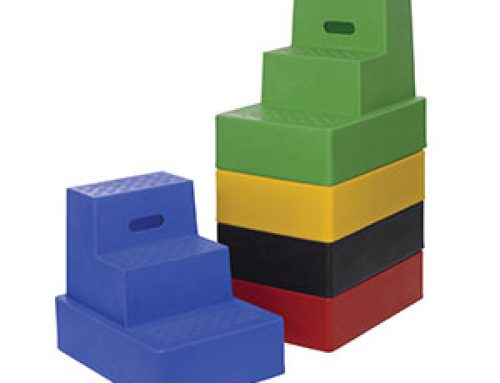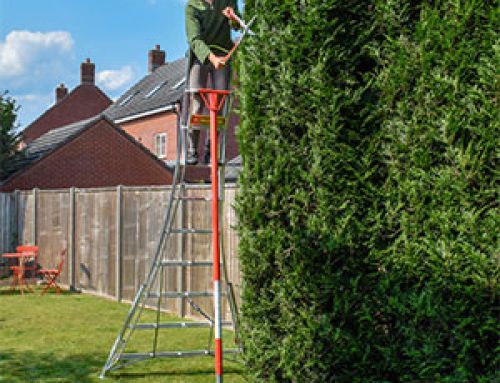Ladders are universally understood. Used in every country around the world they transcend culture, class or tradition, and they’re used in the same way – or are they? We wondered whether ladder safety advice was the same across different countries, or whether some places have particular concerns about safe ladder use. We looked at advice from the UK, USA, Canada, Australia and India and compared the guidance each country prioritises.
Three Points Of Contact
This was common across all five territories. This advice is to stop people taking unnecessary risks with carrying items up ladders, or doing lots of manual work while at the top. The UK guidance states that users must “maintain three points of contact when climbing and wherever possible at the work position… Where you cannot maintain a handhold, other than for a brief period (e.g. to hold a nail while starting to knock it in, start a screw etc.), you will need to take other measures to prevent a fall”. For stepladders the advice is “Maintain three points of contact at the working position. This means two feet and one hand, or when both hands need to be free for a brief period, two feet and the body supported by the stepladder”.
From this we can deduce that a stepladder is better than a leaning ladder for work that involves both hands, if the ladder can be set up facing the work. The Canadian guidance is more specific in terms of specifying the number of limbs (two hands and one foot or two feet and one hand on the ladder), also replicated in the Australian guidance. The American advice has similar wording, while the Indian regulations go one step further and stipulate that “feet should be near to the end rather than middle” of the rung.
Correct Angles
Interestingly the Indian guidance does not mention the safe angles for setting up a straight ladder, while the USA guidance presents this information in a less easy to understand manner than the other three countries we looked at. The UK, Australia and Canada all explicitly state the 1-in-4 rule, where for unit of measurement out from the base of the wall; the ladder must be four units up, which translates to a 75° angle. The USA guidance says “the bottom of the ladder should be one-quarter of the ladder’s working length away from the wall” which may be the same information, but it is presented in a less straightforward way.
Reaching And Leaning
This is where the advice in India is surprisingly precise in comparison to other places. Their ladder guidance states “It is dangerous to lean more than 300mm; instead the position of [the] ladder should be shifted”. The same sentiment in the US guidance is not to “lean out beyond the ladder’s side rails” while the UK lands somewhere in between with the wording “don’t overreach – make sure your belt buckle (or navel) stays within the stiles”. The Canadian guidance also references the centre of the body in relation to the side rails while the Australian advice is to “never lean or reach away from the ladder while using it.”
The Australian advice here is notably different as it states not to reach away from the ladder or lean away from it, a statement which applies equally to sideways movement as well as leaning back behind you on a ladder. This motion could also cause the ladder to topple but it is not mentioned in the guidance for other countries.
Overhead Power Lines
This is one of the most risky and dangerous things you can do with a metal ladder. Metal is a conductor and poses a serious risk to life when used around power lines and other electrical supply. Most of the countries we looked at covered this in different ways. In the UK the guidance states “don’t work within 6m horizontally of any overhead power line, unless it has been made dead or it is protected with insulation. Use a non-conductive ladder (e.g. fibreglass or timber) for any electrical work”. Advice in the USA is to “keep all ladders and other tools at least 10 feet away from any power lines”, which allows a little more proximity than the UK minimum distance.
Other countries advise against this but without using a distance based parameter. In India “metal ladders shall not be used around electrical equipment or circuits of any kind where there is a possibility of coming in contact with the current” while in Canada users should “keep ladders away from power wires, and if electricity is a hazard, a fibreglass ladder should be used”. The Australian guidance doesn’t specifically say anything about electrical wires but it does say to always select the right ladder for the job. It is conceivable that this means using a fibreglass ladder wherever there is a risk of contact with an electrical supply.
We can see that every country has slightly different priorities and approaches to ladder safety, but that they all cover very similar concerns. We urge all our customers to stick to the safe ways to use a ladder, and if this means adopting some of the precise directives from other countries in the name of safety, we say go for it.






Leave A Comment
You must be logged in to post a comment.